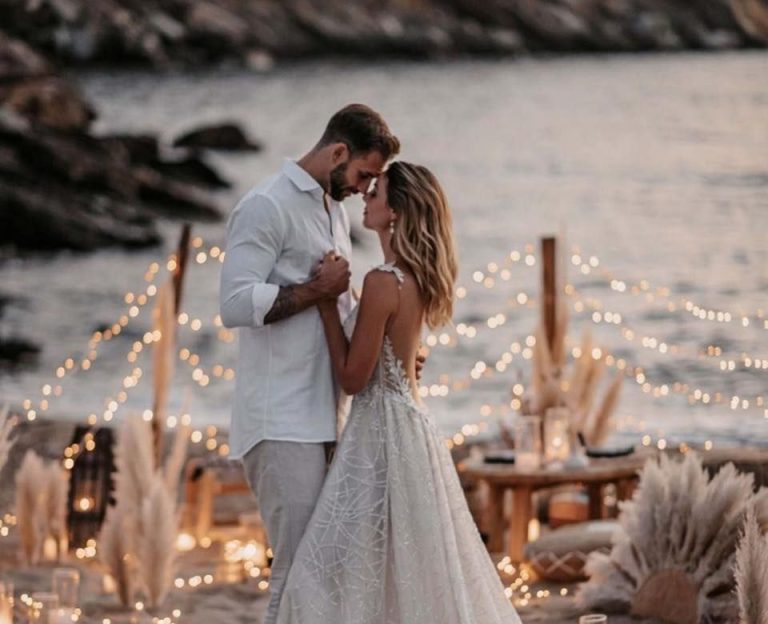Before the wedding bells ring and the vows are exchanged, it’s worth asking: are you and your partner truly aligned on what matters most? Beyond flowers, venues, and guest lists, it’s the invisible glue of shared values that determines whether your marriage will thrive long after the honeymoon phase ends.
In South Africa, where diverse cultures meet and marriage often brings two families together, shared principles aren’t just about personal happiness — they shape how you grow as a unit, navigate challenges, and even raise future generations.
Let’s explore the seven non-negotiable values every couple should talk about before saying “I do.”
Communication
Every strong marriage begins with communication. Being able to speak honestly, listen actively, and understand one another prevents small misunderstandings from turning into big issues. Healthy communication means saying what you mean — and meaning what you say — without blame or judgment.
Couples who talk openly about their worries, goals, and expectations tend to feel more connected and respected. Remember, communication isn’t just about solving problems; it’s about staying emotionally in tune.
Respect
Respect is what keeps love grounded. It’s found in everyday acts — listening when your partner speaks, supporting their dreams, and valuing their opinions even when you disagree. Without respect, affection fades and resentment takes its place.
When couples treat each other as equals, they create an environment where both can thrive. Mutual respect keeps your marriage balanced, especially when life throws challenges your way.
Trust
Trust is the quiet assurance that your partner has your back, no matter the distance or the doubt. It’s the foundation of emotional security, allowing both people to show up as their authentic selves.
If trust breaks down, everything else starts to crumble. Building and maintaining trust takes consistency and transparency — it’s a daily choice to believe in your partner and in the bond you share.
Forgiveness
Every couple fights, but the healthiest ones know how to forgive. Letting go of grudges doesn’t erase the hurt; it allows both of you to heal and move forward. Holding onto resentment only creates emotional distance.
Forgiveness means prioritizing love over pride and choosing to grow together rather than apart. It’s an act of courage and compassion that keeps relationships alive through even the hardest seasons.
Boundaries
In love, boundaries aren’t barriers — they’re protection. They remind you that it’s okay to say no, to ask for space, and to nurture your individuality within the relationship. Without boundaries, it’s easy to lose yourself in trying to please your partner.
Setting healthy limits builds respect and trust. It shows that you value your wellbeing and your partner’s too. When both people know where they stand, the relationship becomes a space of freedom instead of pressure.
Honesty
Honesty is more than telling the truth — it’s about being authentic. When you’re honest with your partner, you create a bond rooted in transparency and emotional intimacy. There’s no second-guessing, no pretending, just real connection.
Of course, honesty can be uncomfortable, especially when tough conversations arise. But facing truth with empathy builds strength and deepens mutual understanding. In marriage, that’s priceless.
Religion
Faith often shapes family traditions, holidays, and daily routines — especially in South Africa, where spiritual diversity runs deep. Whether you share the same religion or come from different beliefs, conversations about faith are vital before marriage.
Discuss how you’ll celebrate religious holidays, raise children, or attend services. These discussions don’t have to divide you; they can help you create a shared spiritual foundation that reflects both your worlds.
Moving Forward
Marriage isn’t just about love — it’s about alignment. When two people share core values, they create a partnership that can weather any storm. Before walking down the aisle, take the time to talk deeply about what truly matters. Because when your values match, your love only grows stronger.
Featured Image: Foto Petinne on Unsplash


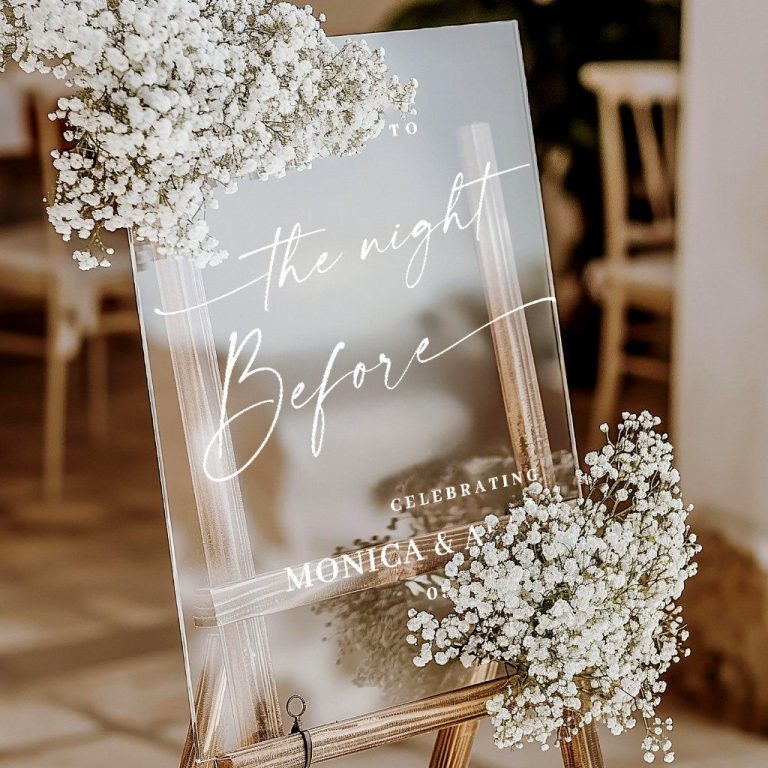

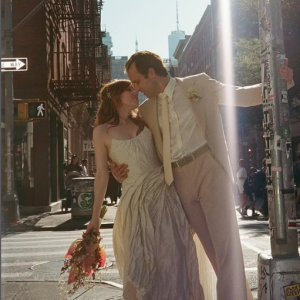 Source:
Source: 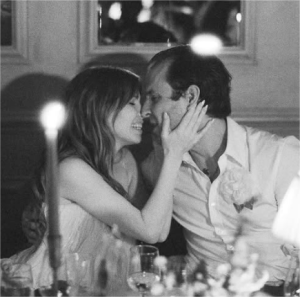 Source: Carly Rae Jepsen on Instagram
Source: Carly Rae Jepsen on Instagram Source: Carly Rae Jepsen on Instagram
Source: Carly Rae Jepsen on Instagram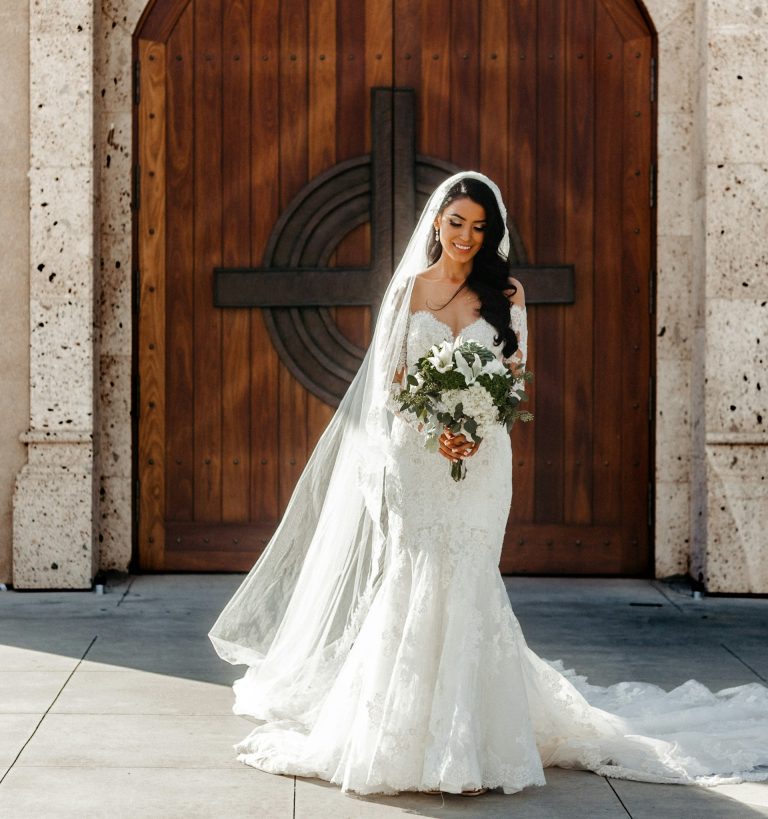
 Source:
Source: 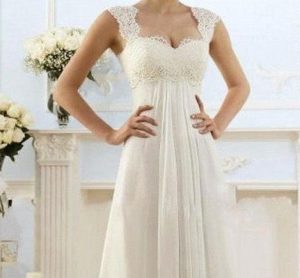 Source:
Source: 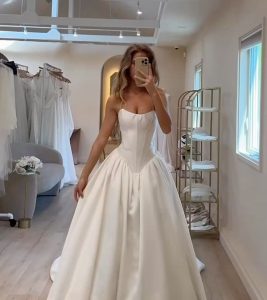 Source:
Source:  Source:
Source:  Source:
Source: 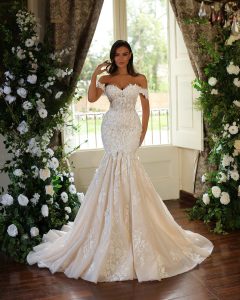 Source:
Source: Source:
Source: 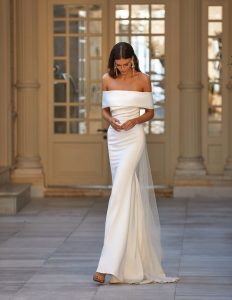 Source:
Source:  Source:
Source:  Source:
Source:  Source:
Source: 
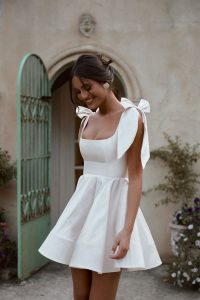 Source:
Source: 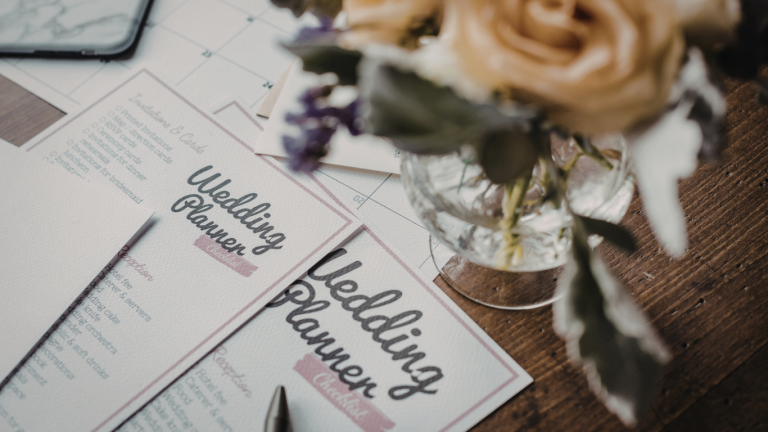
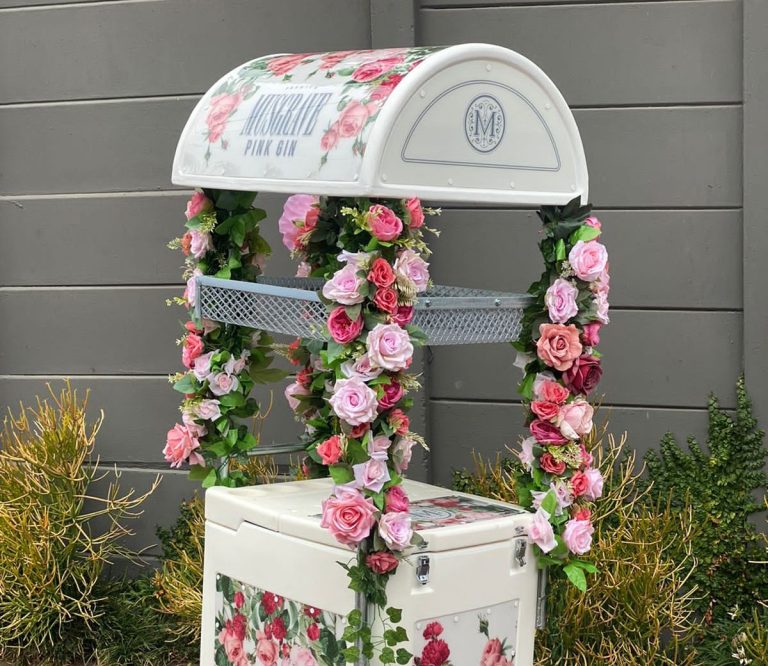
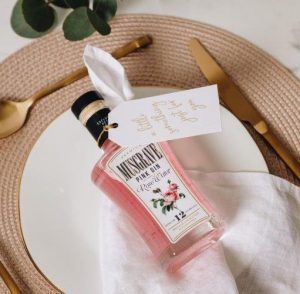 Source: Teagan Smith Photography
Source: Teagan Smith Photography Source: Teagan Smith Photography
Source: Teagan Smith Photography
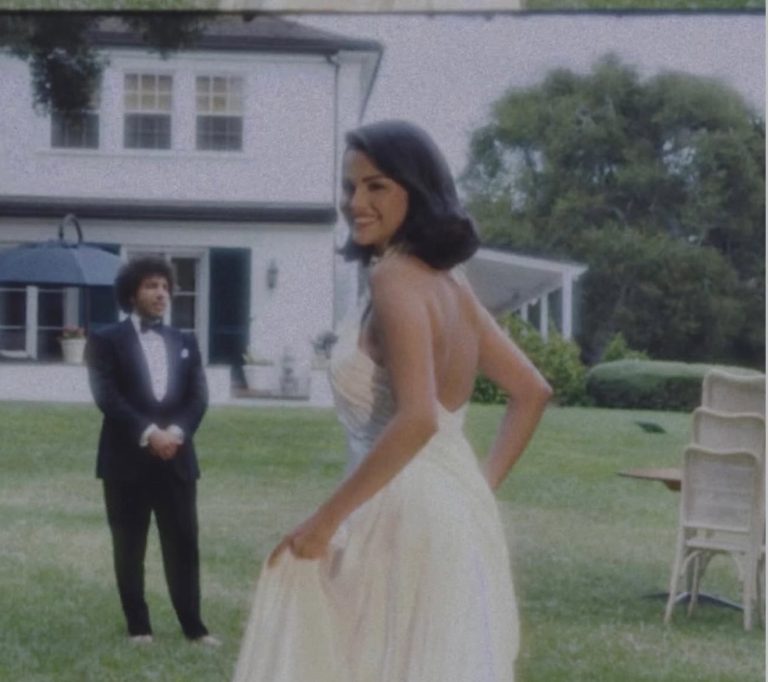
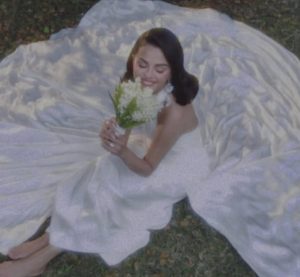 Source:
Source: Source:
Source:

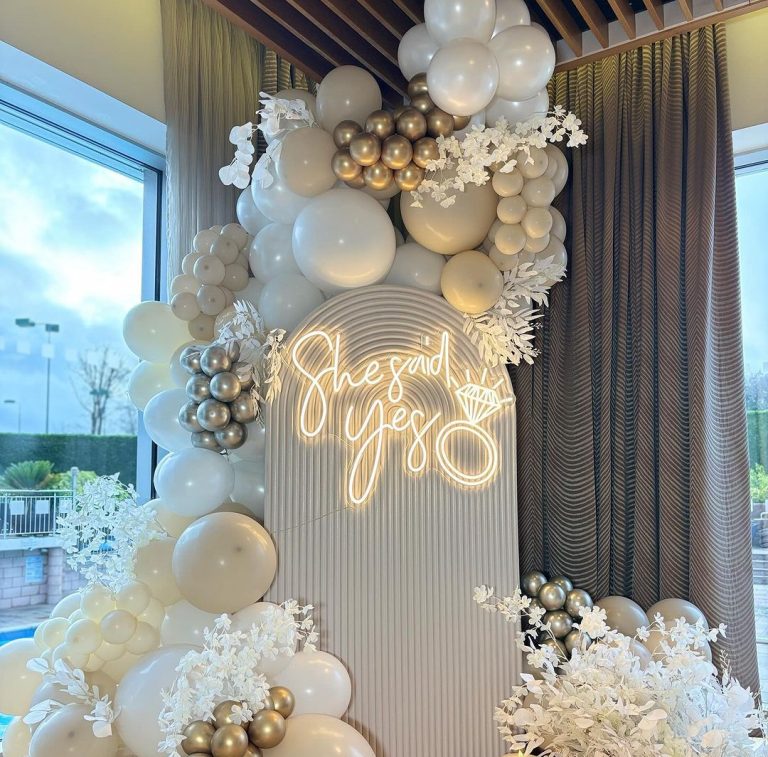
 Source: Photo by
Source: Photo by 